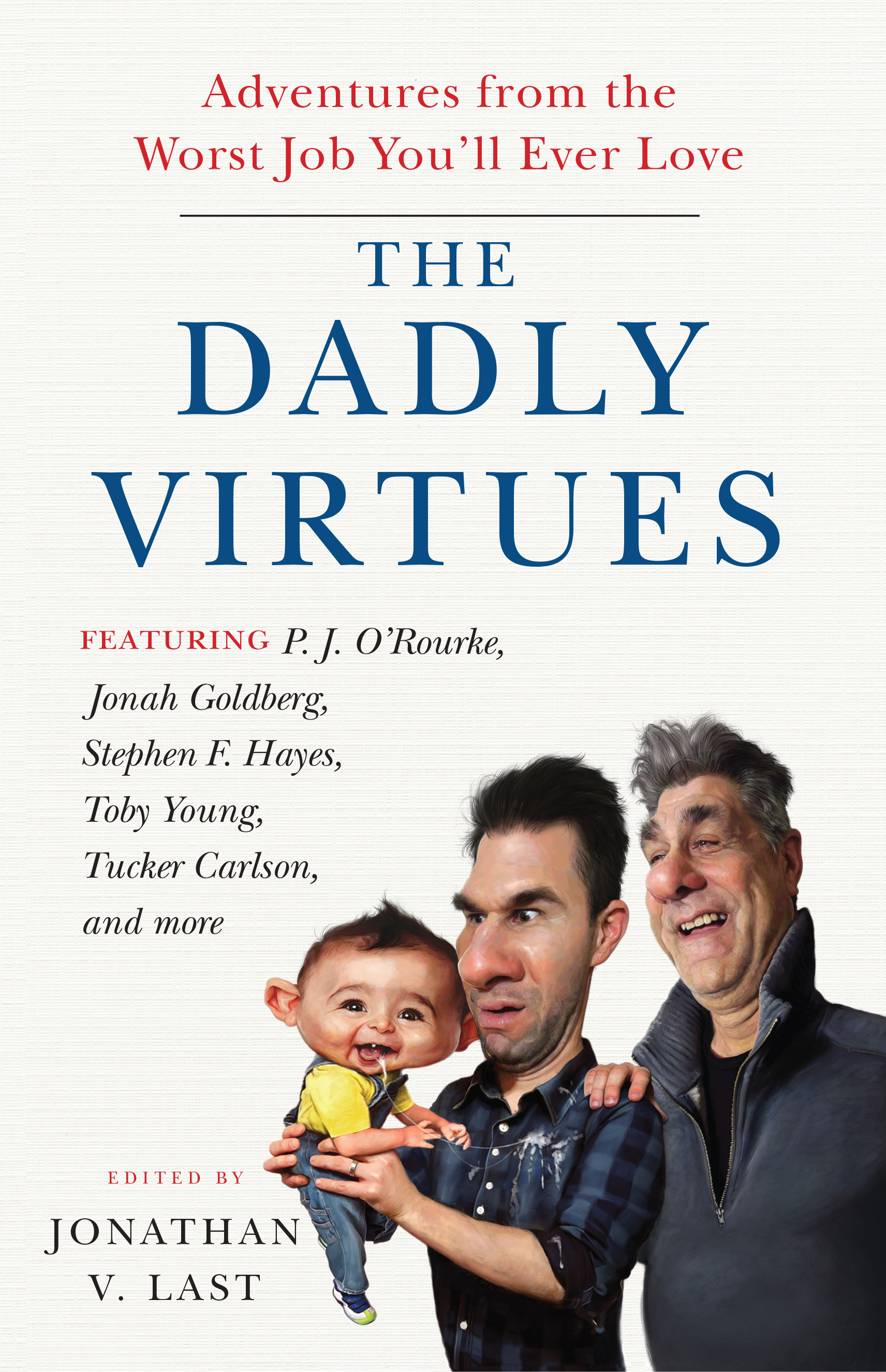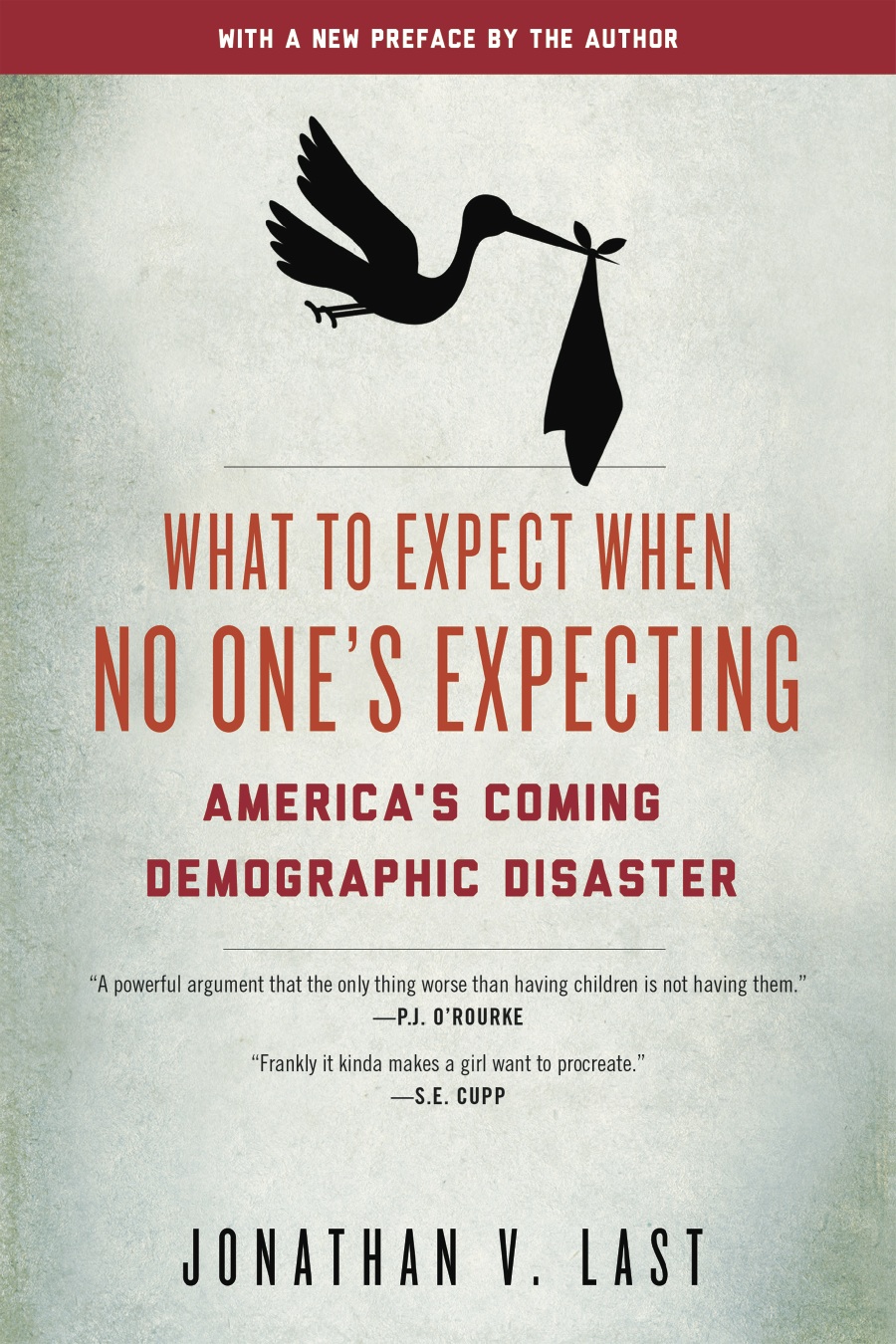December 13th, 2012
Today’s WSJ piece on Apple talking with TV suppliers seems like the most solid evidence we’ve had that there might actually be an Apple TV coming down the tracks at some point. Yet I’ve been reasonably persuaded by many of the Apple TV skeptics that an actual television set doesn’t really jibe with APPL’s economics. I’d be very interested to hear someone smart (like Megan McArdle) walk through the various business challenges the TV market would represent to APPL. The rough list, to my mind, goes something like this:
* Most of APPL’s products are intended to be replaced on a semi-regular cycle. They want you to buy a new iPhone (and iPad) every 12 to 24 months and new laptop/desktops every 24 to 36 months. To that end, they have an aggressive product refresh cycle adding new features and designs every year or so. And they’re able to do this in large part because APPL customers are able to take advantage of a brisk secondary market for used products which defrays the cost of upgrade. You can afford to buy the iPhone 5 because someone on eBay will give you a few hundred bucks for your iPhone 4s.
I wonder what the typical TV replacement cycle is for an American household. My guess–and it’s nothing more than a guess–is that it’s a good bit longer than 36 months. If APPL jumped into the TV market, could they make the economics work on a longer product cycle? Or are they dependent on needing repeat buyers to help lower their manufacture and R&D costs? Or would they try to lure consumers into replacing their TV sets as often as they do their cell phones?
* How would consumers react to an Apple TV set if it was going to be refreshed and improved annually? Would they take to replacing their TVs more regularly, or would it prompt them to postpone purchase because they’re afraid of missing a key feature set in the next iteration?
* Would their be a secondary market for older Apple TVs, or does shipping large-screen panels make this a less attractive option for secondary buyers?
* Those are the hardware questions. From a “software” perspective, the biggest challenge would seem to be untangling broadcast rights. If the Holy Grail of an Apple TV is making channels and/or individual programs something like apps, which you purchase and then consume as you go (and this is a giant assumption), I can’t see how APPL achieves that without unbundling TV packages.
* A la carte channel subscriptions have been The Dream for a long, long time. But instead of moving toward an a la carte system over the years, we’ve actually moved further away from it. Sure, you’d rather only get the 30 channels you really want from Comcast–even if you had to pay almost the same amount you’re now paying for 500 channels that you don’t want. But from Comcast’s perspective (and the perspective of the media companies which own all of those channels) they’d much rather force you to buy the bundle. Their entire business model is based on bundling–forcing you to buy the little-watched networks if you’re going to get the most-watched networks–because it gives them more platforms and space for advertising. Time-Warner, Disney, Viacom, et al, know their business. It’s not clear what APPL could possibly offer them to make them begin to abandon it in favor of a model which would primarily benefit APPL.
* And if an Apple TV didn’t break up the bundling model, then what could it really offer consumers that the Apple set-top box doesn’t already give them? A better UI? TIVO on steroids? A TV panel that does Facetime? I’m not sure how much value there is to be added if the underlying economic systems of cable and advertising stay in place. In a strange way, the xBox is basically doing all of this stuff already. APPL could almost certainly do it better. But they don’t really need to actually be selling the panel if that’s the scope of their ambition.
Like I said, I’d be really interested in smart thoughts about this.
3 commentsAll Of This Has Happened Before . . .
December 13th, 2012
I’m not quite sure why Ross Douthat is engaging Matt Yglesias on questions of demographics. Yglesias often seems to know next to nothing about the topics he writes about. But I don’t really read him, so maybe Yglesias has spent the last five years deep-diving in demographic research and has a solid understanding of the field and its history. Yeah, let’s go with that.
Anyway, here’s Douthat:
This is why the moral aspect of the case for, well, familialism — the hackles-raising argument I’ve been making that a society that isn’t replacing itself isn’t fulfilling a basic intergenerational obligation— cannot just be set aside in favor of less charged and more technocratic arguments about economic self-interest and social cohesion and public health and the sustainability of public pensions and so forth. These arguments matter, obviously, and may matter immensely as we enter our ever-grayer future. But even allowing for all of the practical problems associated with demographic decline, it is still possible to imagine a world of declining birthrates and more attenuated relationships being more comfortable, in strictly material terms, than the present or the past. Matt Yglesias has been making roughly this case, for instance, painting a portrait of a future where the surplus from technology and automation under-writes leisure pursuits (mostly virtual, I would expect) and social-service support for the many singletons left underemployed and unemployable, and everyone else finds work in the booming, ever-expanding elder-caregiver industry.
There’s a precedent, of course, for seeing technology as socio-economic liberation, as Philip Longman explains in his essential (and awesome) book on demographics, The Empty Cradle (page 114):
In the go-go year of 1966, the National Commission on Technology, Automation and Economic Progress issued a report warning of a “glut of productivity.” Juanita Kreps, who would late become Jimmy Carter’s secretary of commerce, coauthored part of the study which made bold predictions about what life in the United States would be like in the mid-1980s. Productivity was growing so rapidly, the study concluded, that by 1985 the economy would provide Americans with any one of the following three choices:
A universal twenty-hour workweek
A twenty-two week standard vacation
A standard retirement age of 38
Kreps was in good company in making these predictions. Policy intellectuals at the time were infatuated with the idea that America had become an “affluent society” and that the problems of economic scarcity has essentially been solved. In 1966, Time magazine surveyed leading futurists and reported their consensus view: “By 2000, the machines will be producing so much that everyone in the U.S. will, in effect, be independently wealthy.” So bountiful would the economy become by 2000 that only 10 percent of Americans would be needed in the labor force, and the rest, Time reported, would “have to be paid to be idle” with inflation-adjusted government benefits of up to $40,000 a year.
Longman goes into detail about the policy consequences of this worldview. Spoiler Alert: They didn’t turn out to be useful.
2 commentsChristmas Reading
December 10th, 2012
While going over final edits this weekend for What to Expect, I took a break to re-visit Lee Bermejo’s truly wonderful Batman: Noel. It’s a really, really wonderful graphic novel telling the Dickens’ Christmas Carol, only with Batman.
As Scrooge.
I know how that sounds, but it’s just fantastic. And Bermejo’s art is mind-blowing. It’s the most beautiful comic art I’ve ever seen.
Just go ahead and treat yourself.
1 commentKen Jennings Returns
December 7th, 2012
You’re welcome.
1 commentMore Single Nation Talk
December 6th, 2012
About an hour-long podcast with Mona Charen and Jay Nordlinger over at Ricochet if, for some weird reason, you just can’t get enough of this stuff.
1 commentA Work of Staggering Genius
December 6th, 2012
Via the Transom, Lego Helm’s Deep:
0 commentsDefending Douthat’s Demographic “Decadence”
December 6th, 2012
Really, I wrote it just to get at that headline.
3 commentsA Nation of Singles
December 3rd, 2012
Over at the Standard I’ve got a long-ish piece up about (1) what the data on Hispanic immigration looks like and (2) the more important trend toward singleness in America. There’s a lot to say on the subject that I just didn’t have space for so to some degree this is really mood-setting for What to Expect.
2 comments





